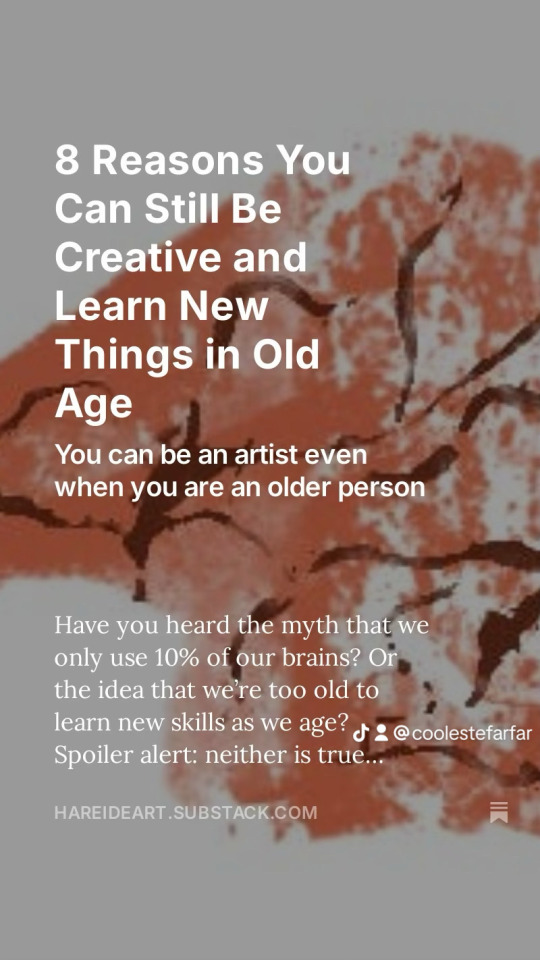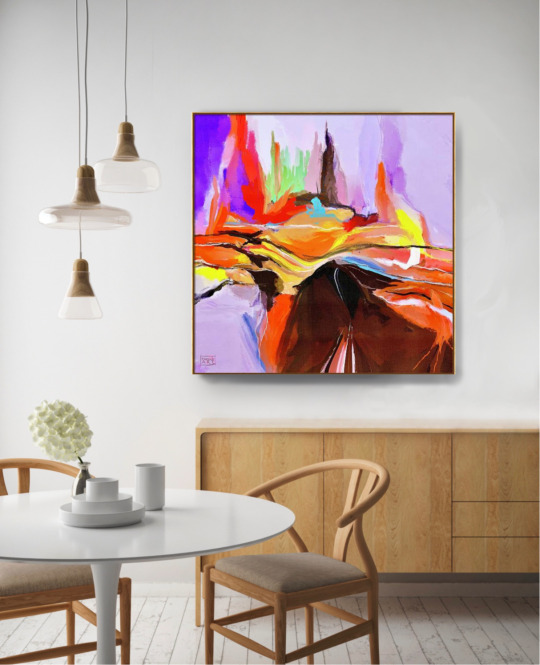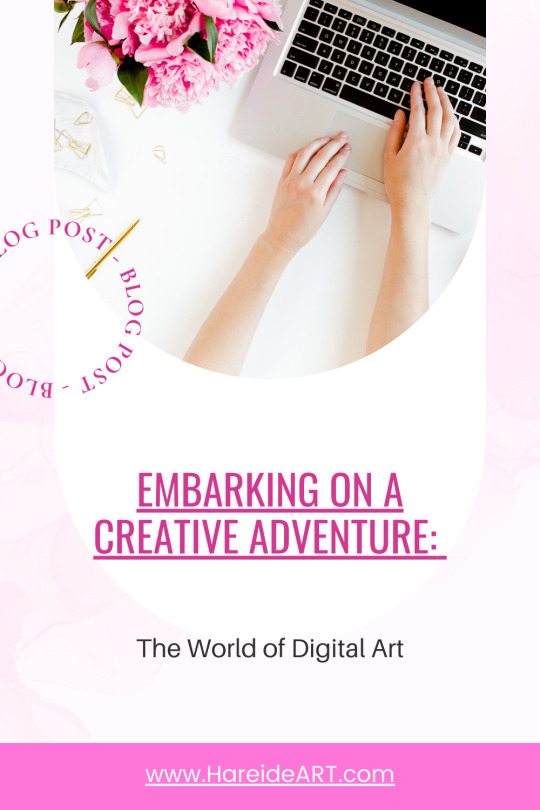Text

It's my 7 year anniversary on Tumblr 🥳
0 notes
Text
my new Notion blog
https://wild-event-b15.notion.site/1dc3081e621e81eb818cdbaf2f3e2dec?v=1dc3081e621e811d8944000c846cb939&pvs=4
0 notes
Text
0 notes
Text
0 notes
Text
0 notes
Text
Why Can I Remember a Melody All Day, But Not a Name?
Now I Know the Answer!
1. Different Brain Pathways for Sound and Language
• Music: Music engages several brain areas at once, including the auditory cortex (for processing sound), the hippocampus (for memory), and the prefrontal cortex (for planning and decision-making). These multi-layered pathways help melodies form stronger and more lasting memories.
• Names: Names, however, rely more on the temporal and frontal lobes associated with language processing, which aren’t as interconnected as the brain areas activated by music.
2. Role of Emotion in Memory
• Emotional Boost for Melodies: Music often carries an emotional weight—whether it makes us feel nostalgic, happy, or even sad. The amygdala, a region tied to emotion, reinforces memories that have an emotional impact. When a tune triggers an emotional reaction, the amygdala boosts the memory, making it easier to recall later.
• Names Lack Immediate Emotional Connection: Unless we actively tie a name to something personal or meaningful, it doesn’t tend to evoke emotion right away, which means it has a weaker “anchor” in the memory. Without that emotional reinforcement, names are more likely to fade.
3. Repetition and Reinforcement
• Music as Repeated Stimulus: Most songs we remember have been heard many times. Repetition strengthens the connections between neurons (the brain’s nerve cells), making the melody “stick.” Every time we hear a song again, these neural pathways are reinforced, making it easier to recall even without recent exposure.
• Names Often Lack Repetition: When meeting someone, we typically hear their name only once, which doesn’t give the brain enough exposure to form a strong memory. Unless we repeat the name to ourselves or say it out loud soon after, it can slip away.
4. Auditory Cortex’s Role in Sound Recognition
• Melody Processing: The auditory cortex, which handles sound processing, is highly active when we hear melodies. It helps break down pitch, rhythm, and melody—key features that make tunes recognizable and memorable.
• Names Are Processed Differently: While the auditory cortex still processes the sound of a name, the brain’s “name memory” relies more on language networks, which don’t interact with music-processing areas.
5. Visual and Associative Memory for Names
• Faces vs. Names: The brain is better at remembering faces because they activate the fusiform face area, which helps us recognize and recall faces more readily than words. Creating mental associations or visual “anchors” for a name can help it stick, but without these, names alone are often harder to retain.
6. Melodies as Patterns
• Pattern Recognition: Music is based on patterns of rhythm, melody, and harmony, which the brain naturally enjoys and can predict. Our brains are wired to notice and remember patterns, so a melody becomes familiar and easy to recall.
• Names Lack Clear Patterns: Names, especially new ones, don’t follow predictable patterns, which can make them harder to remember without intentional effort.
So, in summary, our brains are wired to remember sounds and patterns, especially when combined with emotion and repetition. Music has the advantage of triggering multiple areas in the brain, forming a network that strengthens our recall. Names, however, don’t naturally carry these same cues, making them a bit harder for our minds to hold onto.
Thank you so much for taking the time to read and explore this topic with me! I love diving into the mysteries of the brain and am always excited to share my discoveries with you. Do you have any experiences with how your brain plays tricks on you, or thoughts about what we’ve discussed? I’d love to hear from you! Leave a comment, and let’s explore this together.
If you found this interesting, I hope you’ll continue following along. You can subscribe to be notified when the next post is up—and maybe even take a look at my art, inspired by the brain’s fascinating world. It means so much to me to be able to share this journey with you, and I’m truly grateful to have you here.
0 notes
Text

0 notes
Text

0 notes
Text
# Discover the Joy of Creating Art with "Portraits in Your Hands"
Have you ever dreamed of creating beautiful artworks but felt you lacked the necessary skills? With my new book, "Portraits in Your Hands: From Coloring to Wall Art," you can now unleash your inner artist and transform simple coloring activities into impressive wall art!
## A Journey from Coloring Book to Art Gallery
"Portraits in Your Hands" is not just an ordinary coloring book. It's a gateway to a world of creativity and self-expression. The book guides you through an exciting process:
1. Start by coloring detailed portraits
2. Learn techniques to enhance your colored works
3. Discover how to transform your colored pages into wall art
Whether you're a beginner or an experienced artist, this book offers something for all levels.
## Why "Portraits in Your Hands" is Different
- **Step-by-step guidance**: Detailed instructions help you master new techniques.
- **Varied portraits**: From classic to modern styles, there's something for every taste.
- **Practical tips**: Learn how to choose colors, blend shades, and create depth in your images.
- **Creative project ideas**: Get inspiration to use your finished works as the basis for unique gifts or home decor.
## From Hobby to Passion
With "Portraits in Your Hands," you'll discover that the art of creation is accessible to everyone. Whether you're seeking a relaxing hobby or dreaming of filling your walls with personal art, this book is your perfect companion.
Don't miss the chance to explore your creativity and create something truly special. Order your copy of "Portraits in Your Hands: From Coloring to Wall Art" today, and begin your journey from coloring book to art gallery!
1 note
·
View note
Link
0 notes
Text

Here, I've tried to capture the triumphant moment on the Lofoten Sea. Three fishermen in their small rowboat, with one of them proudly lifting an impressive catch. The other two fishermen observe the event with pride and satisfaction. Behind them, the Lofoten Wall stretches majestically into the horizon.
I aimed to convey, in the picture, not only the joy of a big catch but also the relationship between the fishermen and the majestic nature surrounding them.
0 notes
Text
This abstract painting can be envisioned as depicting a lively clear-cut forest with intense colors. The red and purple hues of heather dance in the foreground, while stumps portrayed in deep brown tones evoke a sense of past life. The background is characterized by an ancient forest atmosphere, where green and blue shades create depth and mystery.

0 notes
Text

In this picture, I've tried to capture the moment when three Lofoten fishermen are pulling their net from a small rowboat. The net is filled with really large fish, both cod and coalfish. In the background, you can glimpse the fishing cabins where the fishermen live during the Lofoten fishing season. I aimed to depict it as if you're in the boat, right in the action, with the catch soon on board. A simple but powerful portrayal of life and work for the fishermen in Lofoten.
I've also updated my website. Take a look at the new page? HareideART.com
0 notes
Text
https://hareideart.com/blogs/news/unveiling-the-essence-the-significance-of-an-artist-statement
Unveiling the Essence: The Significance of an Artist Statement

An artist's statement is, at its core, a concise depiction of your works – a verbal brushstroke that navigates visitors through the intricate terrain of your art, much like exploring an online art shop. Consider it as your proxy, stepping in to respond to inquiries and unravel the layers of meaning concealed in your creations, especially in the realm of art prints.
Art is inherently subjective, and every observer brings a different lens to the canvas, interpreting each art print or canvas print uniquely. This is where the artist statement proves to be a crucial instrument, bridging the gap between the creator's intention and the viewer's experience. It sparks a conversation by providing insights into the methods, sources of inspiration, and hidden narratives woven into each work.
Crafting an artist statement is an organic process, aiming to capture your story in a fluid and spontaneous manner. While it might seem challenging, this labor of love grants you the opportunity to express your creative vision and adventure, much like curating an online art shop.
For creative professionals, the artist statement seamlessly integrates into the internet portfolio – a virtual sanctuary that not only serves as a professional address but also acts as a launching pad for recognition and new opportunities. In this digital age, an artist's online presence is paramount, contributing to legitimacy and credibility, much like an esteemed art print or canvas print.
Envision your online portfolio as a meticulously curated exhibition showcasing your creative abilities, and the artist statement as the curator's insightful analysis of the displayed art prints. Together, they form a harmonious duo, inviting viewers to explore the depths of your creativity and providing a glimpse into the artist behind each unique piece.
As you step into the art industry, reflect upon the symbiotic relationship between your artwork and the words accompanying it. An artist statement is not a mere formality; it serves as a medium for establishing a deeper and more meaningful connection between you and your audience and your particular artistic path, whether through online art shops or traditional galleries.
0 notes
Text
https://hareideart.com/blogs/news/embarking-on-a-creative-adventure-the-world-of-digital-art

1 note
·
View note
Link
This abstract and square painting stands out with a prominent yellow detail that draws attention slightly to the left. The painting is characterized by vibrant colors that elegantly blend into each other, yet sharply separate in other areas, creating a lively and dynamic atmosphere. Thin lines in black and white intersect the painting, adding contrast and depth. The composition is rich in many color elements, harmoniously exploring form, texture, and movement, inviting the viewer to discover and interpret the diverse visual experience.
0 notes